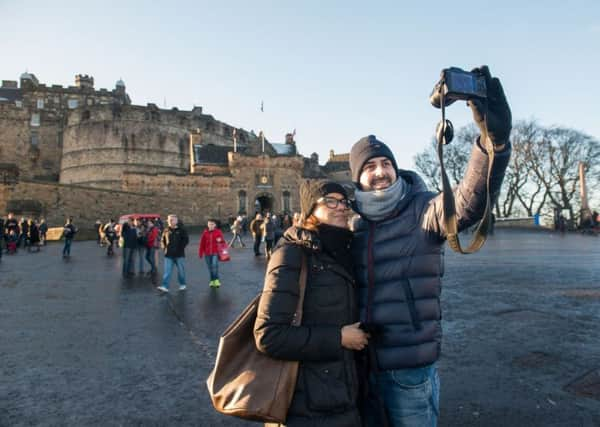Cliff Hague: This is how we can save Scotland's heritage


The rate varies from city to city. In Florence, it is about five euros per person per night, depending on the number of stars of the hotel; in Paris the surcharge is about three euros a night for a three-star stay. Berlin’s city tax is five per cent of the room rate, and there is a tourist tax in Prague too. Local taxes are also added to your bill in the USA: in Chicago it is about 17 per cent. None of these cities has suffered a drop in tourists despite these extra charges.
So why is it that here in Scotland, where local councils are letting buildings rot and struggling to repair potholes, the government is hesitant about tapping into this potential source of revenue?
Advertisement
Hide AdThe tourism industry argues that hotels already pay business rates, and any new tourist taxes will deter visitors. However, any nightly bedroom tax will amount to a very small part of a tourist’s total outlay.
Would it really make visitors scan the internet to find somewhere that would cost a few pounds less? Even if some opted for elsewhere, tourism is a growth sector, not just in Scotland but globally, so their absence would not be noticed.
The hotel industry will whinge, but it manages to collect such taxes just about everywhere else. While not everyone who stays in a hotel is a tourist, business travellers also benefit from the public services a place offers – roads, sewers, open space, clean air (if the council enforces proper standards). A small contribution is not an unreasonable ask.
Some will object that councils will exploit a tourist tax as a cash cow, or that the Scottish Government might use it to trim funding for local government. So here is a proposition. In Edinburgh, 77 per cent of visitors come to experience the historic townscape, by far the city’s most important attraction.
Across Scotland, it is our scenery and landscape (50 per cent) and our history and culture (33 per cent) that drives tourism. This mutually reinforcing mix of history, landscapes, castles, townscapes, small towns and architecture is vital to the future of Scottish tourism.
From the Borders to Shetland, there is no council area that does not offer such attractions. Yet maintenance of buildings and public spaces – so fundamental to what makes a place attractive – has suffered during the long period of austerity.
Advertisement
Hide AdThe cost of stone repairs alone in Edinburgh is estimated to be in the region of £250 million. We need to look after the assets that sustain Scotland’s tourism industry, so why not use a tourist tax to conserve buildings and green spaces?
The Scottish Government should allow local authorities to set and levy a nightly charge, to be collected by the hotels, guest houses, and Airbnb and its imitators. The much-needed revenue should be ring-fenced for investment in local heritage and environment projects, with an independent local trust making the decisions about how to distribute the money.
Advertisement
Hide AdThis purpose would be transparent, and acceptable to those paying the tax. A tourist tax would be buoyant, easy to collect and hard to avoid. By reinvesting locally in Scotland’s streets, townscapes and landscapes, a tourist tax would be educative, enhance place identity and incentivise sustainable management practices. Act now before it is too late.
Cliff Hague is chair of the Cockburn Association
